这3个函数,是你学习Numpy的基础!
1. 本文介绍
Ⅰ ndarray数组与列表的相互转化; Ⅱ ndarray数组的数据类型转化; Ⅲ 改变ndarray数组的形状;
2. ndarray数组与列表的相互转化
① 列表转数组:直接将一个列表传入array()函数中
list1 = list(range(10))
print(list1)
array1 = np.array(list1)
print(array1)
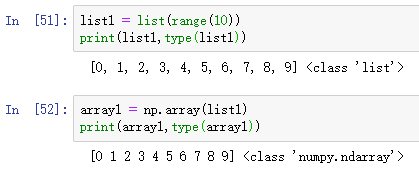
② 数组转列表:调用数组的tolist()方法
array2 = np.arange(10)
print(array2)
list2 = array2.tolist()
print(list2)
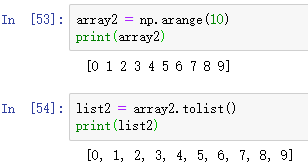
3. ndarray数组的数据类型转化
① numpy中常用的的数据类型
② 使用dtype原地修改数组的数据类型,会出现什么问题?
x = np.array([1.2,3.4,5.6],dtype=np.float64)
print(x)
print(x.dtype)
print(x.nbytes)
# --------------------------------------------
x.dtype="float32"
print(x)
print(x.nbytes)
# --------------------------------------------
x.dtype="float16"
print(x)
print(x.nbytes)
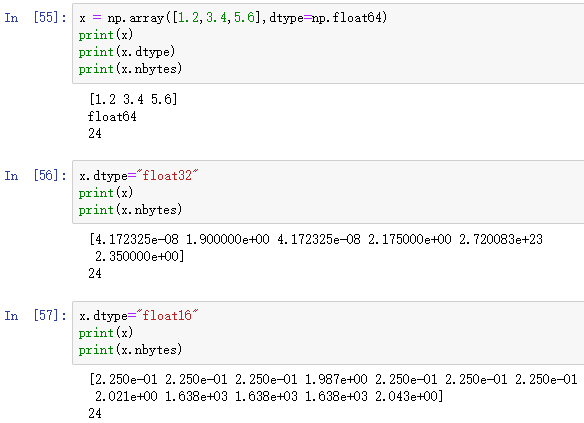
③ 使用astype()函数修改数组的数据类型:相当于新创建了一个数组
z = np.array([1.5,3.7,4.8])
print(z)
print(z.dtype)
zz = z.astype(np.float32)
print(zz)
print(zz.dtype)
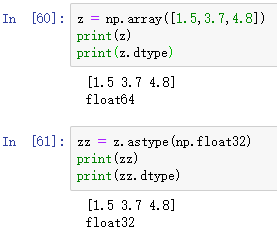
4. 改变ndarray数组的形状
① 使用numpy中的reshape()函数修改数组对象
xx = np.arange(10).reshape(2,5)
xxx = np.reshape(xx,(5,2))
print(xxx)
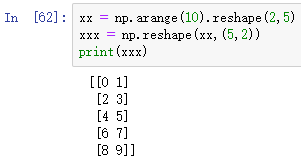
② 使用数组对象的reshape()方法修改数组对象
yy = np.arange(10).reshape(2,5)
print(yy)

③ 改变数组形状时,如果维度大于1,可以将“最后一个维度”设置为-1
p = np.arange(6).reshape(2,3)
print(p)
q = np.arange(6).reshape(2,-1)
print(q)

更多阅读
特别推荐
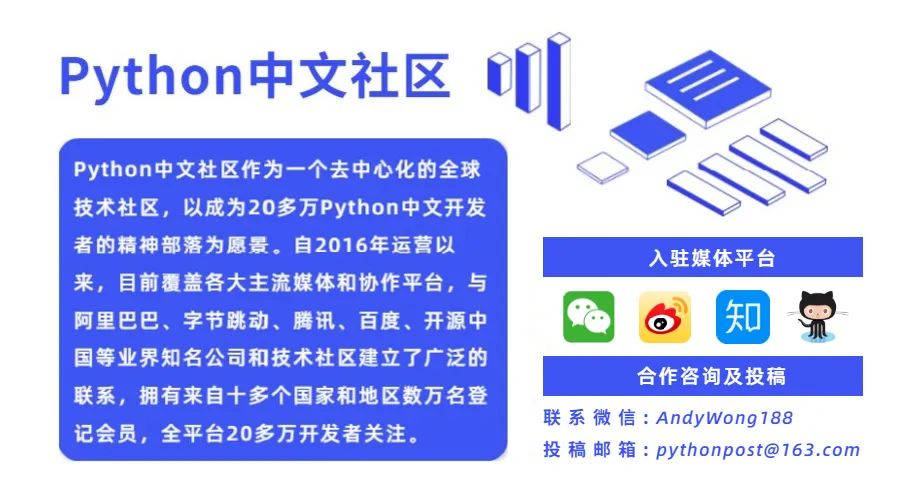
点击下方阅读原文加入社区会员
评论
